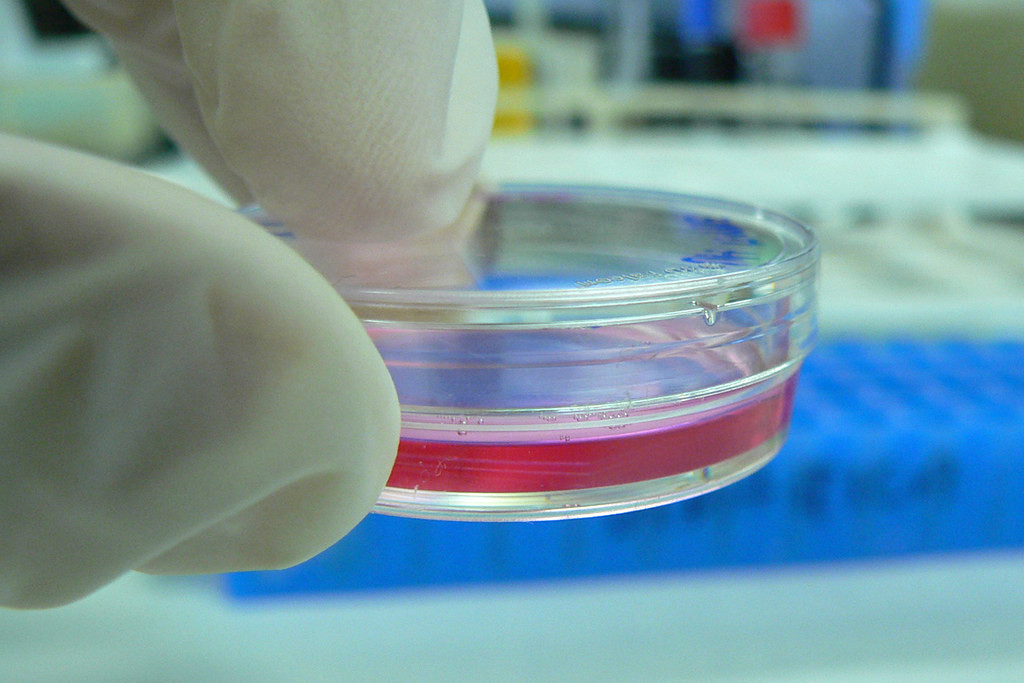
Model to investigate childhood Parkinsonism created from patient cells

To investigate rare diseases, it is essential to create models that faithfully reproduce all their characteristics. These models can be animal (mice, fish, flies, etc.), computational (what we scientists call "in silico" studies) or cellular. Cell cultures can be animal, fungal, bacterial, or human. The latter can be obtained in different ways, such as from biopsies or blood.
In this study, in which researchers from various centres have participated, including the Sant Joan de Déu Research Institute (IRSJD), the cell model has been created from the skin cells of patients reprogrammed into pluripotent stem cells (cells that can transform into any cell type). Subsequently, these cells have been modified in the laboratory into neurons that contain the mutation that causes THD. This tool helps study tyrosine hydroxylase deficiency pathogenic mechanisms (disease-causing mechanisms) and develop personalised therapies since not all patients respond the same way to treatments.
The cell model created by these researchers faithfully represents what happens in the neurons of children with Parkinsonism. For example, researchers observed these neurons have decreased levels of the neurotransmitter dopamine. They also saw that their response to treatment was the same as that observed in actual THD deficiency patients. On the other hand, the cell model presents morphological defects that had not been previously detected, which provides additional information for further investigation. It is worth noting a finding that brings hope to the most severe cases: the early administration of dopamine to the neurons of the experimental model prevents them from developing the neurological defects generated by the disease. This could mean that early treatment administration could be effective in patients with more severe Parkinsonism.
Childhood Parkinsonism is a hard-to-diagnose ultra-rare disease caused by a mutation in the SLC6A3 gene. Insufficient synthesis of L-dopa, a precursor molecule for dopamine, causes tremors (particularly of the hands), stiffness or slow movements.
